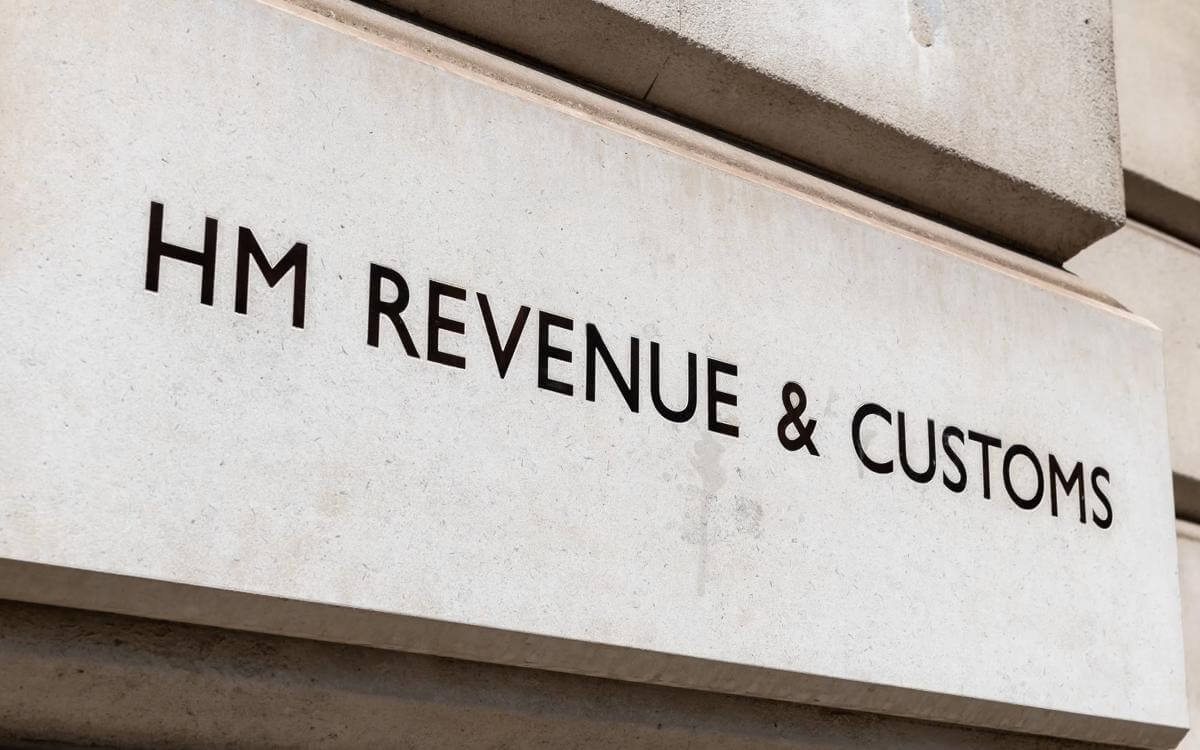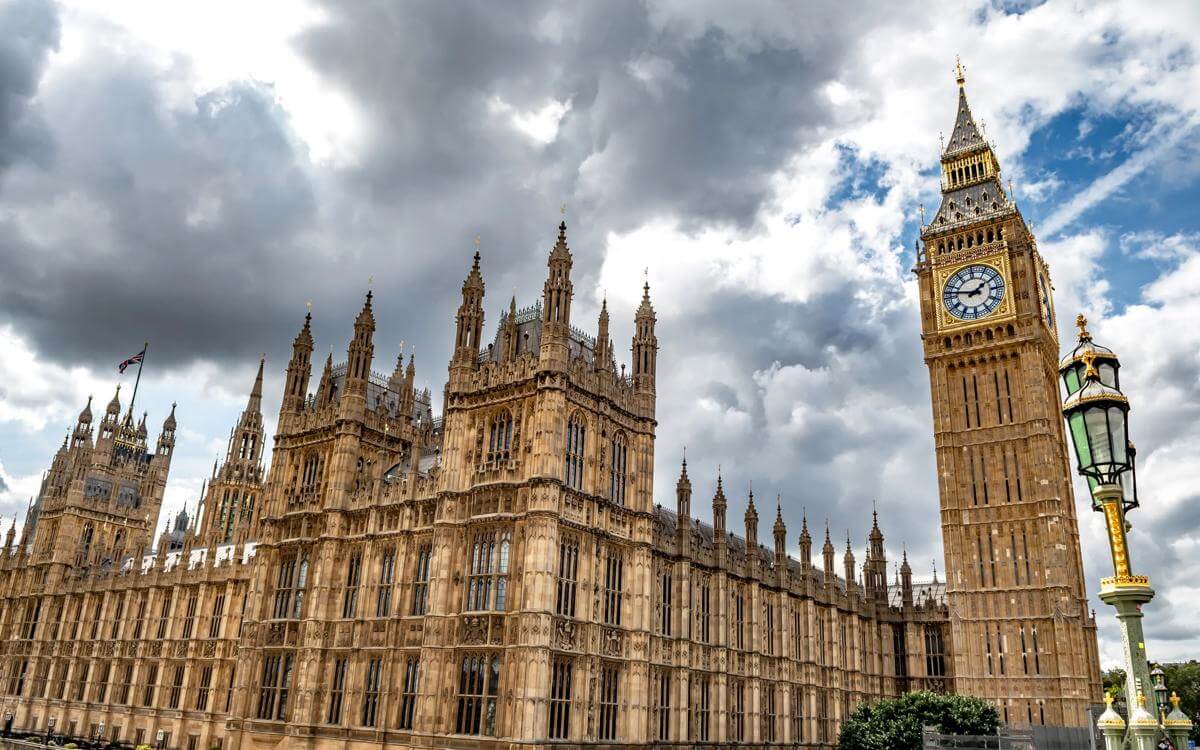Buoyancy check: are your floating assets sinking?
From 1 December 2020, HMRC will once again benefit from preferred creditor status in the event of an insolvency. This means that, regardless of the date of any pre-existing security, HMRC will rank ahead of the general body of unsecured creditors and floating charge holders in respect of certain taxes (including VAT, PAYE and employee’s NIC but not Corporation Tax).
It has been a tumultuous year of change. This note is to highlight a few subtle ones which otherwise might risk being lost in all the other noise.
From 1 December 2020, HMRC will once again benefit from preferred creditor status in the event of an insolvency. This means that, regardless of the date of any pre-existing security, HMRC will rank ahead of the general body of unsecured creditors and floating charge holders in respect of certain taxes (including VAT, PAYE and employee’s NIC but not Corporation Tax).
Typically, when a company is facing financial distress it will attempt to ease cashflow difficulties by delaying or withholding non-critical payments. Debts due to HMRC are often among those that are held back in order to keep the business afloat and, in some cases, that can lead to litigation against directors for trading to the detriment of HMRC. In the most unfortunate cases, the cost of that false hope will now be felt directly by floating charge holders with the risk being that the tax due could exhaust the realisations from the available floating charge assets. Closer scrutiny of a borrower’s tax compliance is inevitable but ultimately the most damage is likely to occur immediately before an insolvency event. Lenders will need to stay one step ahead to avoid finding their secured assets underwater. Attendance at board meetings, reserving for relevant unpaid taxes and regular reviews will offer far better protection. Personal guarantees too may become an even more essential add-on.
Borrowers with deferred VAT bills should be a particular concern as the lack of any time bar means that all qualifying taxes (however old) will benefit from preferential status.
Also of note is the increase to the cap on the prescribed part from £600k to £800k (which applies (in the main) to charges created after 6 April 2020 and entitles unsecured creditors to a bigger slice of the funds otherwise available to floating charge holders) as well as the quiet erosion of a qualifying floating charge holders’ power to influence insolvency appointments. That power still exists but the effect of the cross class cram-down provisions in the new Moratorium (introduced by The Corporate Insolvency and Governance Act 2020) and the forgiveness afforded by Judge Jones in Re Tokenhouse (where an administration appointment was found to be valid despite the fact that notice had not been given to the QFCH in accordance with paragraph 26(1) of Schedule B1 of the Insolvency Act 1986)) undermines the position that floating charge holders have enjoyed for more than two decades.
To the extent that companies can survive the current lockdown and continuing social distancing measures, the next test will undoubtedly be when the floodgates open again for winding-up petitions (currently 1 January 2021) and companies may have to face some very unhappy and impatient creditors. If that coincides with anticipated changes to the furlough scheme then there is no time like the present to be reviewing your portfolio and engaging with borrowers to assess exposure.









































